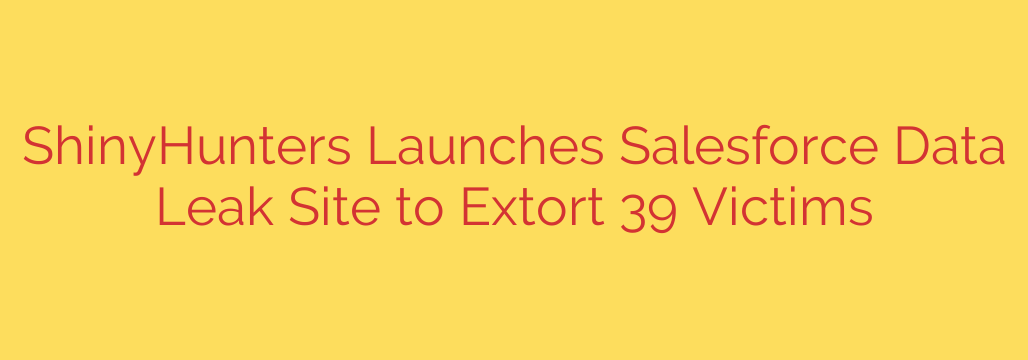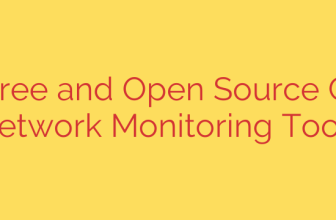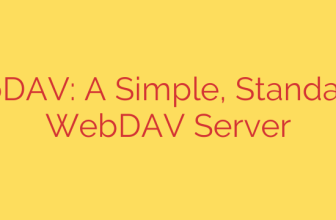
ShinyHunters Launches Extortion Site Leaking Data from Salesforce Users
The notorious hacking collective ShinyHunters has escalated its extortion tactics by launching a new data leak website specifically designed to pressure companies that use Salesforce. This site, named “Salesforce[.]vc,” currently lists 39 companies as victims, offering their stolen data for sale in a brazen attempt to force ransom payments.
This development marks a significant shift in data breach monetization, moving from dark web forums to a publicly accessible (though illicit) platform dedicated to a single software ecosystem. The goal is clear: to publicly shame victims and create immense pressure from customers and regulators, making a ransom payment seem like the only viable option.
The Anatomy of the Attack
The data listed for sale is highly sensitive and varies by victim, but often includes:
- Customer names, addresses, and phone numbers
- Email addresses and contact information
- Financial details and transaction histories
- Internal user data and employee information
The hackers have set prices for this data ranging from $45,000 to as high as $2 million, depending on the size of the company and the perceived value of the stolen information. By making the data available for purchase, ShinyHunters not only attempts to extort the primary victim but also opens the door for other malicious actors to acquire the data for phishing, identity theft, and other cybercrimes.
How Was the Data Stolen? A Critical Distinction
It is crucial to understand that Salesforce’s core platform was not directly breached in these incidents. Instead, the attackers have confirmed that the data was stolen by compromising third-party applications and services connected to the victims’ Salesforce instances.
This highlights a critical and often overlooked vulnerability in modern IT environments: the software supply chain. Companies frequently integrate numerous third-party apps from the Salesforce AppExchange or use custom-built connectors to enhance functionality. If one of these connected applications has a security flaw or is compromised, it can serve as a gateway for attackers to access and exfiltrate data from the connected Salesforce environment.
ShinyHunters is exploiting the trust companies place in their integrated software stack. The breach of a single, less-secure third-party tool can unravel the security of the entire CRM data infrastructure.
Protecting Your Salesforce Data: Actionable Security Measures
This incident serves as a stark reminder that securing a major platform like Salesforce requires looking beyond its native security features. The true risk often lies in the ecosystem of applications connected to it. Business leaders and IT security teams must take proactive steps to mitigate this threat.
Here are essential security measures every organization using Salesforce should implement immediately:
Audit All Third-Party Integrations: Conduct a thorough review of every application and connector linked to your Salesforce instance. Question the necessity of each integration and remove any that are no longer essential. Vet the security posture of each third-party vendor.
Enforce the Principle of Least Privilege (PoLP): Ensure that integrated applications only have access to the specific data fields and objects they absolutely need to function. Avoid granting broad, sweeping permissions, as this dramatically increases the potential damage of a compromise.
Strengthen Access Controls and MFA: Enforce mandatory multi-factor authentication (MFA) for all users, especially those with administrative privileges. Regularly review user permissions and credentials, deactivating accounts for former employees or contractors immediately.
Monitor API and Integration Activity: Actively monitor API traffic and logs for unusual activity, such as large-volume data exports or access from unfamiliar IP addresses. Early detection of anomalous behavior can be the key to preventing a catastrophic data breach.
Develop a Robust Incident Response Plan: Have a clear, tested plan for what to do if you suspect a breach originating from a third-party vendor. This includes steps for isolating the affected integration, assessing the scope of the data loss, and communicating with stakeholders.
As cybercriminals refine their extortion methods, organizations must evolve their defenses. The ShinyHunters “Salesforce[.]vc” site is a clear signal that supply chain security is no longer optional—it is a fundamental requirement for protecting your most valuable customer data.
Source: https://www.bleepingcomputer.com/news/security/shinyhunters-starts-leaking-data-stolen-in-salesforce-attacks/








